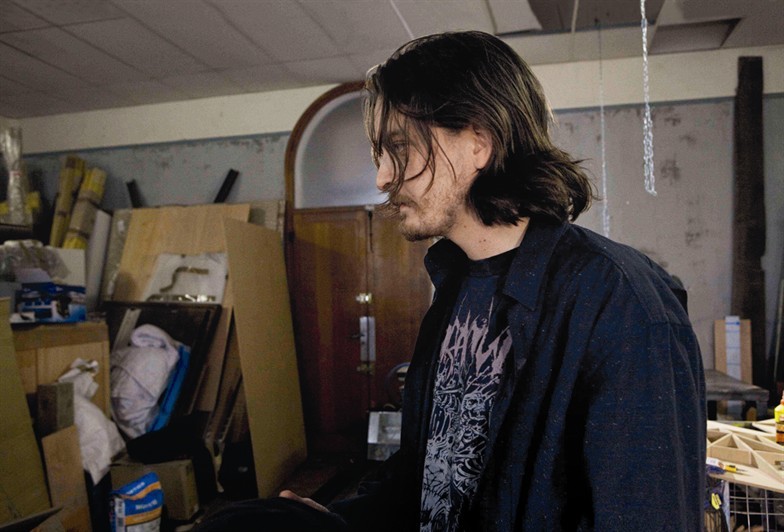
Monday in the Park with Oscar
US-born, Paris-based artist talks through his new works, opening this week at Brooklyn Bridge Park
In anticipation of his site-specific exhibition opening at Brooklyn Bridge Park on Thursday, US-born, Paris-based artist Oscar Tuazon offers some insight into his new work to the Art Newspaper. In the interview, conducted by Eric Magnuson, Tuazon discusses the difficulties posed by Manhattan skyline and the prospect of people actually coming up with some kind of game to play on his handball-and-basketball-hoop work. Read a couple of extracts below, or the whole piece here.
How different is it creating work for a park as opposed to a gallery space? Specific to this location: the skyline of Manhattan is incredible. The first thing I realised when I visited is that it's pointless to try and do something massive because you'll never be able to compete with the skyline. So, I decided to do something that was human in scale. And to me, trees are human scale. They're bigger than people, but even on a monumental scale, I think a tree is still something that's quite approachable because it has human qualities. The tree is also an interesting object in terms of its verticality. Like a totem pole, it doesn't necessarily have to be massive to do something interesting to the space around it. These three pieces are trying to almost function as utilitarian objects within the park. They should be used.
How do you see people interacting with the sculptures? There's a fountain, a small room and a piece that comprises a basketball hoop and a handball wall. The basketball hoop will be a typical Parks Department basketball hoop, and I tried to replicate a handball wall so that it's almost a found object. To me, these are very typical New York things. I hope the hoop is a piece that gets used and has a completely different function apart from being a sculpture. At the same time, you may look at that basketball hoop and the game played using it as somehow being part of the sculpture. Those boundaries are going to be lost or suspended temporarily. One of the things that I've been thinking about is making objects that can function with a certain invisibility so people can use them without necessarily even thinking that they're works of art. With the fountain, I think you'll be able to play in it a little bit.
Many writers describe your work as "attacking" the space it inhabits. Do you agree with that description? I think it is accurate in a lot of my work. Maybe that comes back to the question of site-specificity. Within a museum or gallery, the connotations of what those spaces are changes from a small gallery to a larger gallery to an institutional space to a museum. And I guess there's nothing to attack in a park. I feel like one of the things that a work can do within an exhibition space is engage with or challenge the context [of the space]. While not to say it's a neutral environment, the range of possibilities of what you can do in a park is so much more open than what is possible in an exhibition space. So, I felt that the best thing I could do was to make something enjoyable and fun.
www.brooklynbridgepark.org; www.theartnewspaper.com